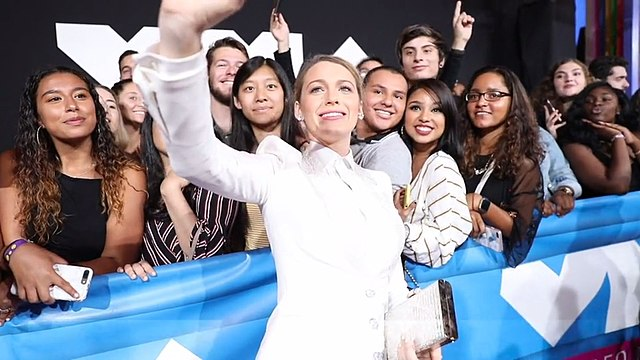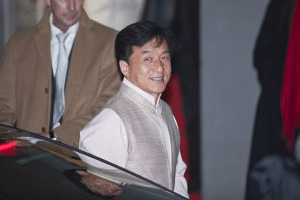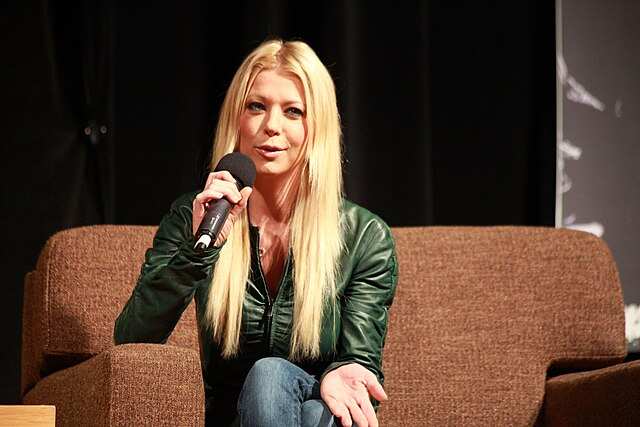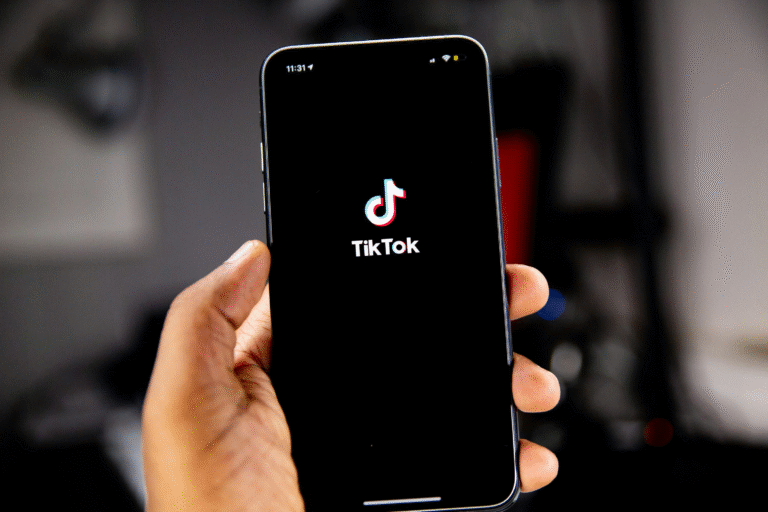Blake Lively and Justin Baldoni, two big names in Hollywood, are once again in the spotlight—but this time, not for their movie. Instead, a wave of controversy has surrounded the pair after a federal judge in New York made some private text messages and emails public. These documents reveal that Justin Baldoni’s team once thought about hiring experts to control online criticism of Blake Lively during the promotion of their film It Ends With Us. However, the plan was later seen as unnecessary because, according to the texts, there was already enough “organic criticism” spreading about Blake’s choices.
This story has caught so much attention because it not only shows the stress behind movie promotions but also opens a window into how much control celebrities and their teams try to have over what people say online. For fans, it is like peeking behind the curtain to see what really happens when things don’t go smoothly on a big project.
The court filings revealed that more than sixty pieces of evidence were presented by Blake Lively’s lawyers. These included emails, text messages, and notes from Baldoni’s inner circle. They show that Justin Baldoni’s publicist, Melissa Nathan, had reached out to his business partner Jamey Heath and connected him with a social media consultant named Jed Wallace. This was in August 2024, months before the film’s release.
What makes this even more dramatic is that Wallace was described as a “hired gun,” someone who could carry out tricky digital operations for celebrities who want to change the way people talk about them online. His LinkedIn profile has now been deleted, but at the time it suggested he specialized in quiet, behind-the-scenes online management. According to the documents, Nathan introduced Wallace’s work as part of a $25,000-a-month plan. The service was described as “mostly untraceable,” which means that whatever they did online would not be linked back to Baldoni or his team.

The plan involved creating fake accounts, spreading positive stories, engaging with people who were posting negative comments, and pushing content that made Baldoni look good. In one email, Nathan’s colleague Katie Case described the entire idea as “social and digital mitigation and remediation.” She even stressed that the operations needed to be done “without fingerprints,” meaning no one should be able to trace the actions back to Baldoni’s camp.
It sounds almost like something out of a movie—secret plans, anonymous accounts, and online discussions carefully shaped to protect a celebrity’s image. According to the documents, the team also talked about monitoring websites like Reddit and other online forums where fans often share unfiltered opinions. They even considered taking down hostile accounts and starting new discussion threads that would push attention away from Justin Baldoni and his studio, Wayfarer Studios.
But here is where the story takes a twist. In the private text messages that were revealed, Baldoni’s team later decided that the expensive crisis management strategy might not be needed after all. The reason? Blake Lively herself was already facing so much natural backlash on social media. Fans and critics had begun questioning her promotional choices and even her close friendship with pop star Taylor Swift. These online conversations were gaining traction on their own, so Baldoni’s side thought there was no need to spend thousands of dollars to make them louder. The criticism, they believed, was already “organic,” which means it was spreading naturally without any outside help.
This revelation has not only shocked fans but also painted a troubling picture of the working relationship between Lively and Baldoni. The messages show Baldoni’s frustration, and reports suggest there were already tensions between the two during the making of the film. For people who looked forward to seeing them together onscreen, the news feels disappointing because it shows how strained things might have been behind the scenes.
Hollywood is no stranger to conflicts between co-stars or between actors and directors, but rarely do private conversations like these become public. Usually, such matters are hidden under glossy press tours and carefully managed interviews. What makes this case stand out is how raw and detailed the documents are. They don’t just suggest disagreements—they show actual strategies that were being written, discussed, and nearly executed.
For Blake Lively, who has always enjoyed a glamorous and polished public image, this kind of exposure can feel uncomfortable. It puts her in the middle of a storm where people are now questioning not only her performance and promotional work but also her relationships, both personal and professional. On the other hand, Justin Baldoni, who directed the film and also acted in it, is shown as someone trying to manage his reputation while struggling with the friction in their partnership.
The unsealed documents also raise bigger questions about how far celebrities and studios are willing to go to shape public opinion. If teams are prepared to spend $25,000 a month on shadowy digital strategies, then it makes us wonder how many times this has already happened without the public knowing. Do we ever truly know if an online conversation is real or if it was planted there by someone working behind the scenes?
This is not just gossip—it touches on the trust between fans and the entertainment industry. People want to believe that their opinions online are their own and that when a celebrity is praised or criticized, it is happening naturally. But cases like this remind us that there are powerful forces ready to step in and quietly change the story when it suits them.
In the end, the story of Blake Lively and Justin Baldoni is more than just about two famous people not getting along. It shows how complicated and sometimes messy the world of Hollywood can be. The movie It Ends With Us was meant to be about telling a story that connects with audiences emotionally. Instead, the real-life drama around it has become just as gripping as the film itself. And now, as more details continue to emerge, fans are left wondering: will this affect how people see the movie, or will the work still shine on its own despite all the noise?
For now, the unsealed texts and emails give the world a rare look at the mix of human emotions, big money, and hidden strategies that swirl beneath the surface of fame. It is a reminder that behind every polished interview and red-carpet smile, there is another story—one that is far less perfect, but perhaps even more real.












